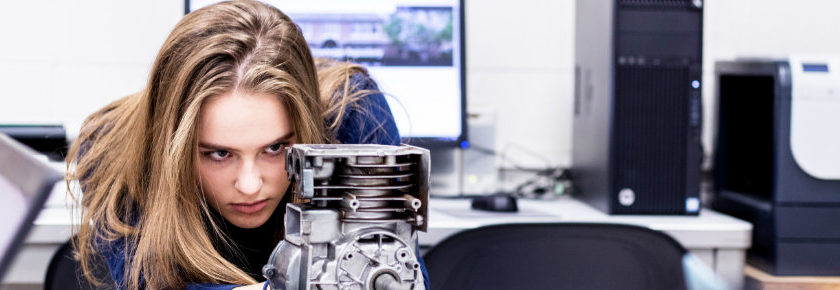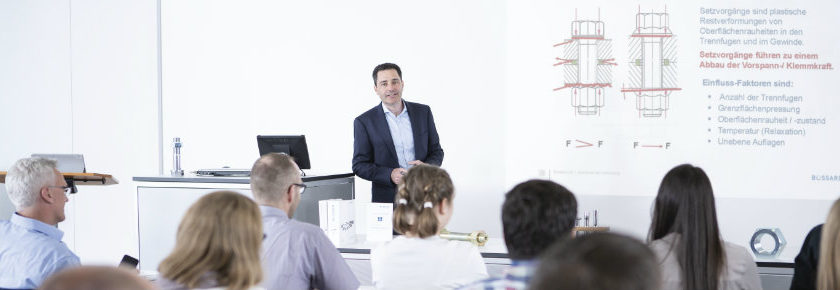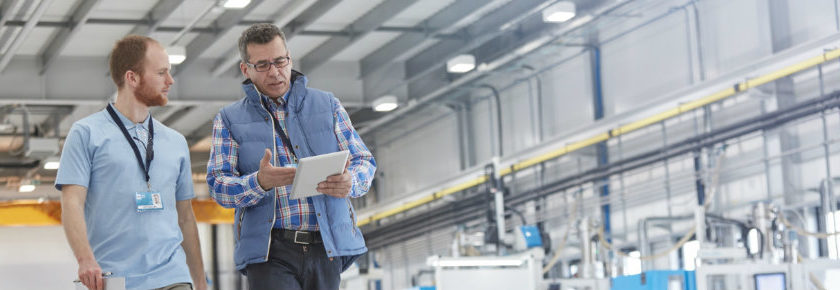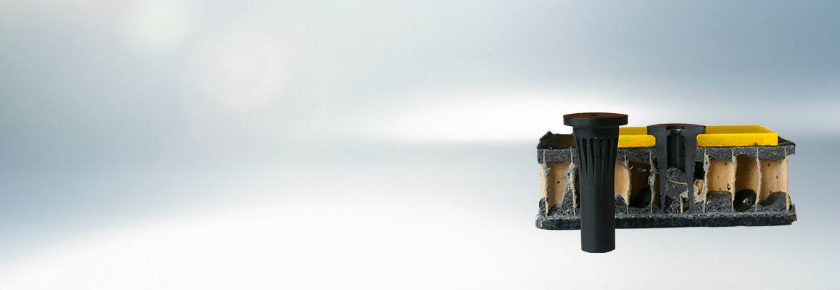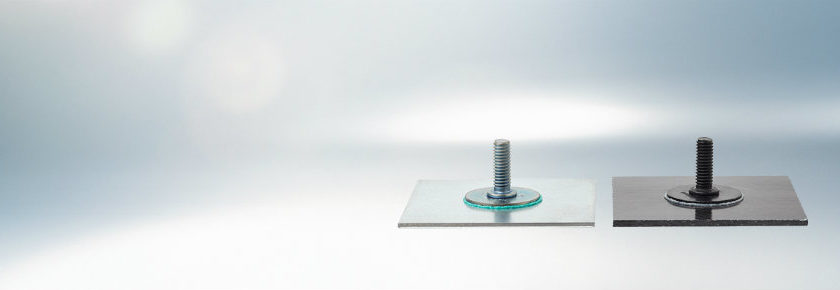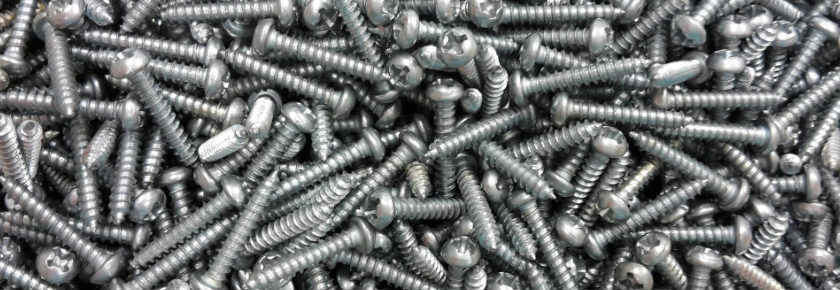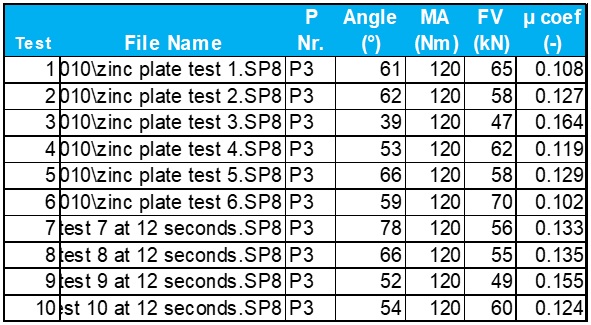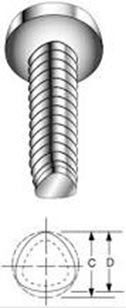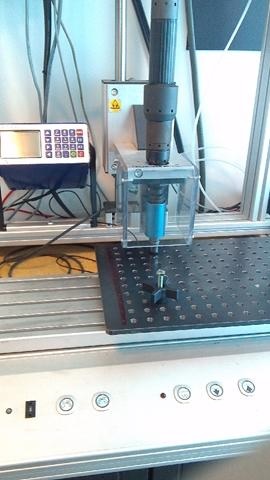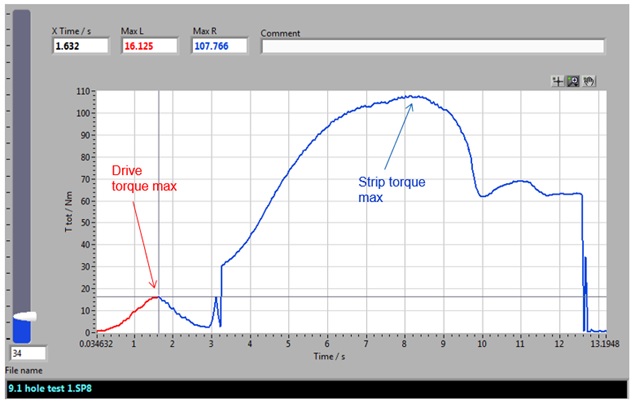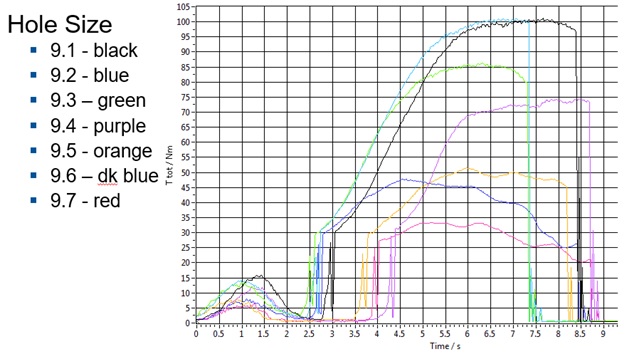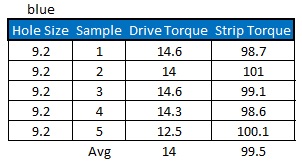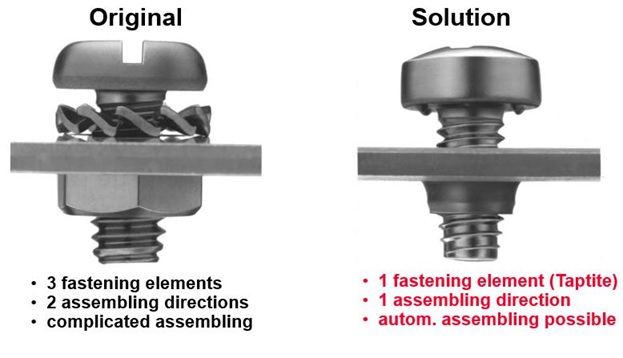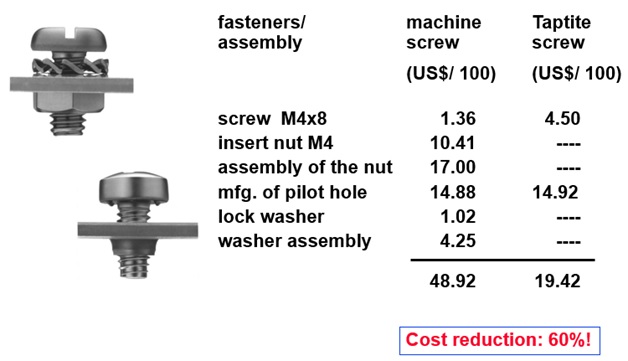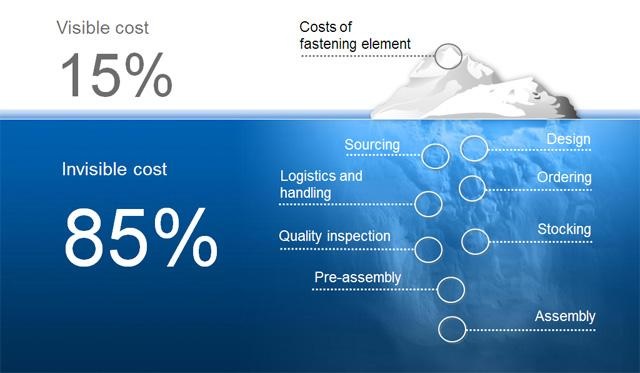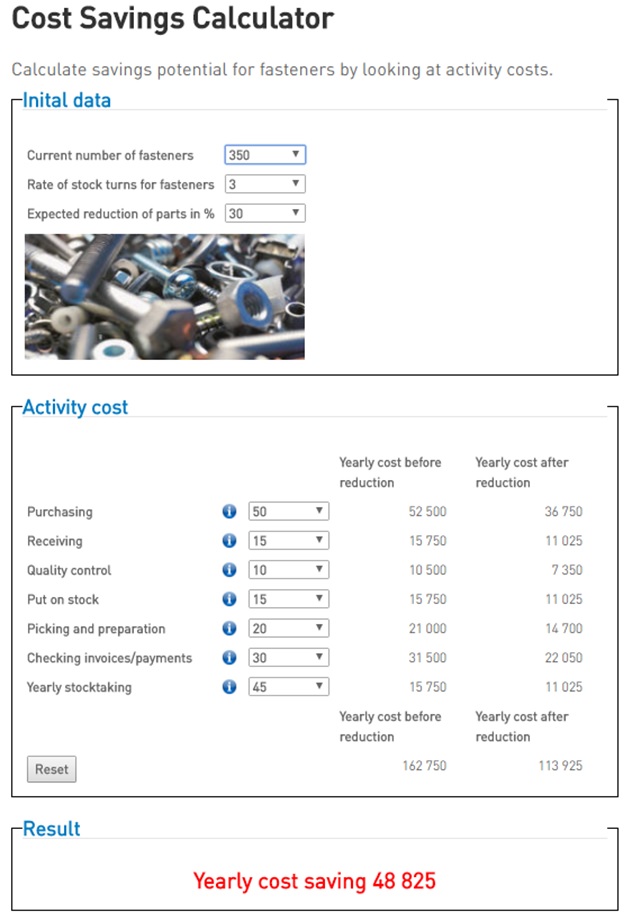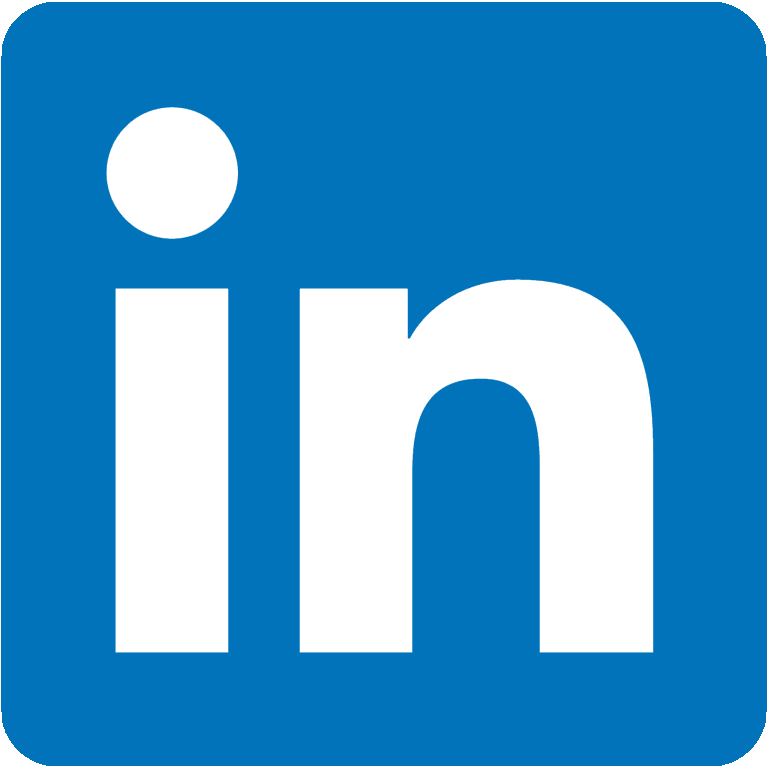With the capacity to analyze your current processes and improve the design of reliable products, Assembly Technology Expert (ATE) services seem ideal for prototyping or the creation of new products. But what if you want to improve a product that already exists or your current use of fasteners? That’s where Expert Teardown comes in.
What Is Expert Teardown?
As its name explains, Expert Teardown disassembles your pre-existing product to discover how it uses its current parts and fasteners. Our engineering specialists look at every inch of the detached components to understand how they function alone and as a part of the whole, and how they advance relevant operating requirements and standards. Our staff can then come up with ways to improve reliability and quality while saving you time and money.
Some of the benefits of Expert Teardown include optimized process flow, increased efficiency with reduced complexity, a safer design, and lower total costs.
Packages
Expert Teardown is available in three packages.
- Basic. This package focuses on Analysis, which looks at fastener use and assembly into the final product. Improvement potentials and tentative cost savings may arise.
- Advanced. By building on the findings of the Basic package, this option emphasizes the Verification of processes, estimated costs, and projected results. Bossard will confirm recommended solutions on- and off-site before presenting them in a technical report. Physical examples are also shown.
- Superior. After the groundwork laid by the Basic (Analysis) and Advanced (Verification) packages, implementation can proceed. It starts with detailed design specifications and thorough documentation of new assembly procedures. Bossard completes assembly and usage instructions. After reviewing the results, training in the new implementation proceeds on- and off-site.
If you want to find out how Expert Teardown can affect your particular product, please contact us at ProvenProductivity@bossard.com.

